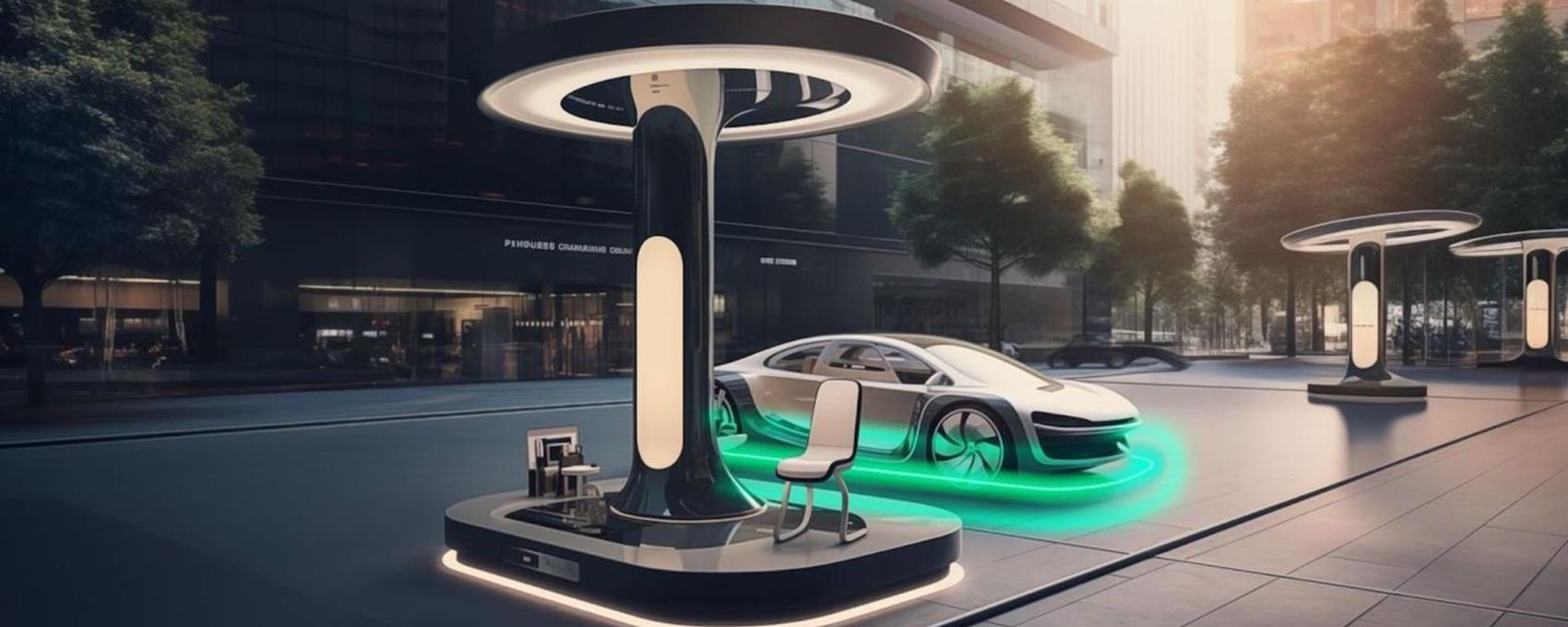If you’ve been cruising around Australia lately, you might have noticed a surge in electric vehicles (EVs) zipping through our scenic routes. From the bustling streets of Sydney to the serene stretches of the Outback, EVs are becoming a common sight. But what’s fueling this electrifying trend? Let’s dive into the world of EV charging and see how it’s shaping the future Down Under.
Why EV Charging Matters Now More Than Ever
Australia is at a pivotal point in its transportation evolution. With increasing awareness about climate change and the need for sustainable living, EVs offer a cleaner alternative to traditional gasoline-powered cars. However, the backbone of this shift is robust EV charging infrastructure. Without accessible and reliable charging stations, the dream of widespread EV adoption remains just that – a dream.
Australia’s Charging Landscape: A Snapshot
Let’s take a stroll through Australia’s current EV charging scene. Major cities like Melbourne and Brisbane have been quick to install public charging points, often integrated into shopping centers, parking lots, and even street lights. But it’s not just the cities getting in on the action. Regional areas are catching up too, ensuring that even those living in remote parts aren’t left behind.
For instance, consider the story of Sarah from Perth. Sarah runs a local café and decided to switch her business fleet to electric vehicles. Initially, she was worried about the lack of charging stations in her area. But with initiatives from companies like ElectrifyEV, her concerns were quickly alleviated. Now, her café is not only eco-friendly but also a popular spot for EV owners looking to recharge both their cars and themselves with a good cup of coffee.
Types of EV Chargers: Know Your Options
Navigating the world of EV charging can feel a bit like learning a new language. There are mainly three types of chargers: Level 1, Level 2, and DC Fast Charging. Each serves a different purpose, whether you’re at home or on the go.
<li><strong>Level 1:</strong> The beginner’s choice, using a standard household outlet. Perfect for overnight charging at home.</li>
<li><strong>Level 2:</strong> Requires a dedicated charging station, offering faster charging times. Ideal for workplaces and public areas.</li>
<li><strong>DC Fast Charging:</strong> The speed demon of the trio, providing a significant charge in just minutes. Great for long-distance travel and quick stops.</li>
</ul>
The Benefits Beyond the Charge
Switching to an EV isn’t just about reducing your carbon footprint; it’s also packed with perks. Let’s highlight a few:
Cost Savings
While EVs can be pricier upfront, the savings over time are substantial. Electricity is generally cheaper than petrol, and maintenance costs drop since EVs have fewer moving parts.
Environmental Impact
EVs produce zero tailpipe emissions, helping to improve air quality and combat climate change. It’s a win-win for both the environment and your lungs!
Convenience and Technology
Modern EVs come loaded with tech features that make driving more enjoyable. Think regenerative braking, smart navigation systems that locate the nearest charging stations, and over-the-air updates that keep your car’s software up to date.
Overcoming the Challenges
It’s not all smooth sailing, though. There are challenges to widespread EV adoption, particularly concerning charging infrastructure. Rural areas may still lack sufficient charging points, and the initial investment can be daunting for both businesses and individuals.
However, the tide is turning. Government incentives and private sector investments are accelerating the rollout of charging stations. Community initiatives and partnerships are also playing a crucial role in bridging the gap, ensuring that everyone has access to the power they need.
Real-Life Success Stories
Nothing beats real-life examples when it comes to illustrating the impact of EV charging. Take, for example, the small town of Byron Bay. Once skeptical about the benefits of EVs, the community embraced electric vehicles after the installation of a comprehensive charging network. Local businesses reported increased foot traffic from EV owners, and the town even saw a decline in noise pollution. It’s a testament to how EV charging infrastructure can revitalize communities.
The Future of EV Charging in Australia
So, what’s next for EV charging in Australia? The outlook is bright, with plans to expand the network significantly over the next decade. Innovations like wireless charging and solar-powered stations are on the horizon, promising even more sustainable and convenient options for EV owners.
Imagine cruising along the Great Ocean Road with your car charging seamlessly from the sun above, or powering up at a scenic lookout with breathtaking views. The possibilities are endless, and the future is certainly looking electric.
How You Can Get Involved
Whether you’re an EV enthusiast or just curious about making the switch, there are plenty of ways to get involved. Supporting local businesses that install charging stations, advocating for better infrastructure in your community, or simply spreading the word about the benefits of EVs can make a big difference.
Plus, with companies like EV Charging leading the charge, you have the resources and support you need to make your electric journey smooth and enjoyable.
The rise of EV charging in Australia marks a significant step towards a greener, more sustainable future. While there are challenges to overcome, the benefits are undeniable. From cost savings and environmental impact to technological advancements and community revitalization, EVs and their charging infrastructure offer a promising path forward.
So, next time you see an electric car on the road, remember that it’s not just a vehicle – it’s a symbol of progress and a cleaner tomorrow. Let’s keep the momentum going and embrace the electric revolution together!



































